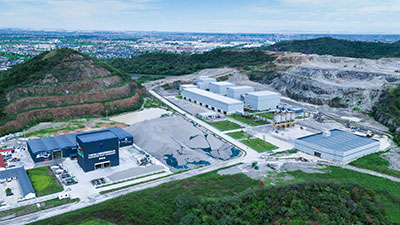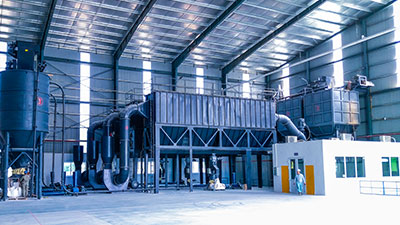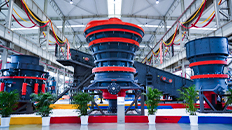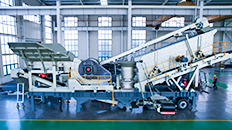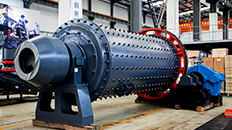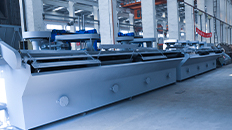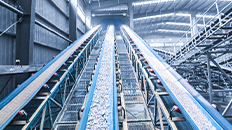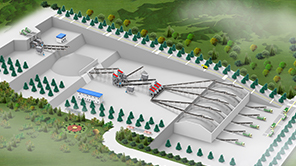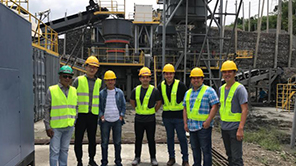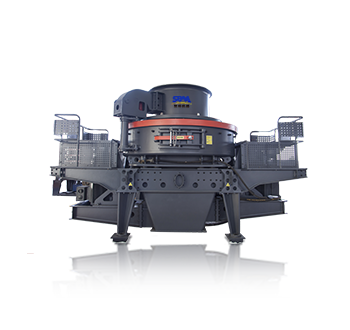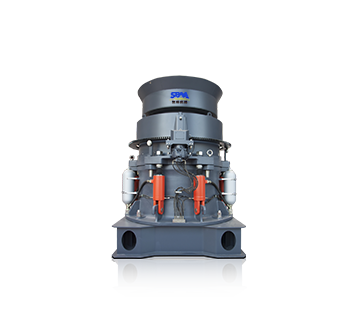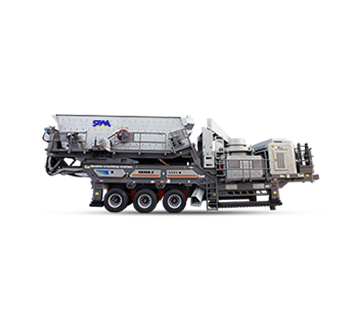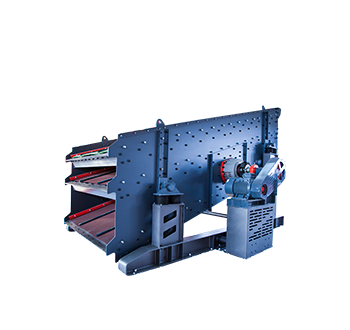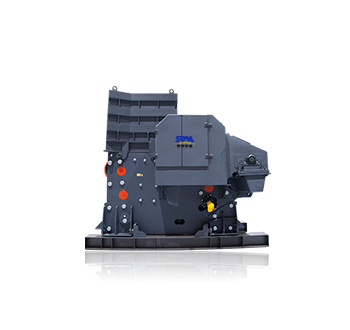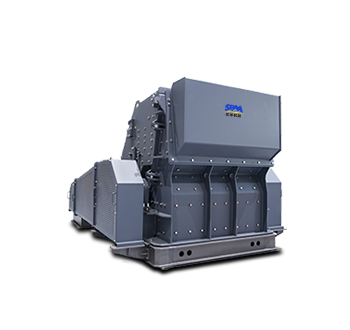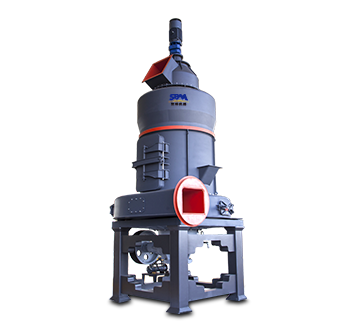Summary:Wear parts play an important role in any mining or aggregate operation. They are not only important for protecting equipment, but also have a great impact on performance.
Minerals, metals and aggregates are essential in modern society. However, extracting them may have a significant impact on the environment and bring poor conditions to workers. In other words, sustainability challenges also mean great opportunities for improvement. Smart mines and quarries have unique advantages and can really contribute to reducing global emissions and improving people's working environment.
6 tips for selecting right wear parts to improve your sustainability performance
Wear parts play an important role in any mining or aggregate operation. They are not only important for protecting equipment, but also have a great impact on performance. Since worn parts need to be replaced frequently, it may be more important to carefully consider the parts you choose than you consider from an environmental point of view.
High quality parts optimized for your specific operation will last longer and enable you to operate in a more efficient way. You will find 6 tips on how to select vulnerable parts to reduce emissions and improve operation safety below.



1. Use optimized wear parts
Choosing the right wear part material and design is essential to make the most of your process. By carefully analyzing your specific operating conditions together, you can optimize components to ensure an efficient and more sustainable process. There is almost always potential for improvement.
Using durable parts means reducing the production, transportation and replacement of products. Optimized wear parts can help you reduce energy, water and fuel consumption and minimize material waste.
2. Improve safety through correct design, tools and maintenance procedures
- Replacing vulnerable parts may be a risky, costly and time-consuming work. However, some measures can be taken to make it safer; For example:
- Wear parts designed for easy and rapid maintenance are used because they help ensure correct installation and keep people away from hazardous areas during maintenance
- Optimize replacement procedures and use maintenance platforms and special lifting tools
- The selection of wear parts connection system can avoid high-temperature operation, reduce exposure in confined space, and make replacement faster and safer
- Select appropriate materials. For example, rubber can bring unique benefits to the working environment because it is easy to handle, reduces vibration by 97% and reduces perceived noise by half. By using the right materials where performance is best, wear life can be extended and maintenance risks reduced
- Use of flame retardant synthetic products in applications with fire risk
3. Closely monitor wear - replace parts in time
By closely monitoring wear, parts can be replaced at an ideal time. The information collected from wear readings can be used to design more efficient parts. Modern wear monitoring tools can help you continuously understand the wear of parts. This makes it easier to make design improvements and replace worn parts at the right time - thereby reducing material waste.
4. Carefully consider how the parts are produced
By ensuring that the products you buy are produced with minimal impact on the environment, you can significantly reduce the impact on the environment. For example, buy parts from responsible suppliers, minimize waste in the production of your products, and use renewable energy and recycled materials - preferably in local production units with less transportation. Also check that your supplier is actively working with its suppliers to achieve the same goals. Working with responsible partners is not only good for the earth and mankind, but also good for enterprises.
5. Recover worn parts
When your parts are worn, investigate the options for recycling parts. Can your supplier recover worn gaskets and reuse them to produce new parts? Some parts can also be refurbished to extend their service life.
6. Improve operational efficiency through close cooperation
A long-term commitment with mutually agreed goals helps optimize and enables you to improve operational efficiency. The sustainability benefits of partnerships include:
- Wear life improvement = reduce production, transportation and replacement of products
- More efficient and environmentally friendly operation
- Resource saving production (energy, water, fuel, etc.)
- Faster replacement of worn parts and less maintenance
Through optimized liner design and maintenance procedures, each shutdown time can be shortened and extended, so as to prolong normal operation time and improve operation safety.
If you really want to reduce the impact on the environment, you should carefully consider the components you use in your operation. By choosing responsible partners and optimized, durable wear-resistant parts, you can not only get more benefits from the process, but also help create a sustainable future.

